Increased Focus on Food Safety
The transfer membrane market is benefiting from the heightened emphasis on food safety and quality assurance in the GCC. With the region's growing population and rising food consumption, there is an urgent need for effective filtration solutions to ensure the safety of food products. Transfer membranes are increasingly employed in food processing applications, such as juice clarification and dairy product filtration. The food and beverage sector in the GCC is projected to reach $200 billion by 2025, creating substantial opportunities for the transfer membrane market. This focus on food safety is likely to drive the adoption of advanced membrane technologies, as they provide reliable solutions for maintaining product integrity.
Rising Demand in Water Treatment
The transfer membrane market is experiencing a notable surge in demand driven by the increasing need for effective water treatment solutions in the GCC region. As urbanization accelerates, the pressure on water resources intensifies, prompting governments and industries to seek advanced filtration technologies. Membrane technologies, particularly those utilizing transfer membranes, are becoming essential for desalination and wastewater treatment processes. The GCC countries are investing heavily in infrastructure projects, with an estimated $100 billion allocated for water management initiatives over the next decade. This investment is likely to bolster the transfer membrane market, as these membranes are crucial for ensuring water quality and sustainability in arid environments.
Growth in Pharmaceutical Applications
The transfer membrane market is significantly influenced by the expanding pharmaceutical sector within the GCC. As the region aims to enhance its healthcare capabilities, the demand for advanced filtration and separation technologies in drug manufacturing is on the rise. Transfer membranes are increasingly utilized in biopharmaceutical processes, including protein purification and vaccine production. The pharmaceutical market in the GCC is projected to reach $30 billion by 2025, indicating a robust growth trajectory. This growth is expected to drive the adoption of transfer membranes, as they offer high efficiency and reliability in critical applications, thereby supporting the overall development of the healthcare industry.
Government Initiatives for Industrial Growth
Government initiatives aimed at diversifying economies in the GCC are significantly impacting the transfer membrane market. As countries in the region seek to reduce their dependence on oil, there is a concerted effort to promote industrial growth across various sectors, including water treatment, pharmaceuticals, and food processing. These initiatives often include funding for research and development, as well as incentives for adopting advanced technologies. The transfer membrane market stands to benefit from these policies, as industries are encouraged to implement innovative solutions to enhance efficiency and sustainability. The potential for increased investment in infrastructure and technology suggests a favorable environment for the growth of the transfer membrane market.
Technological Innovations in Membrane Materials
Innovations in membrane materials are playing a pivotal role in shaping the transfer membrane market. The development of advanced polymeric and ceramic membranes is enhancing the performance and durability of filtration systems. These innovations are particularly relevant in the GCC, where harsh environmental conditions necessitate robust solutions. The introduction of nanotechnology in membrane fabrication is also gaining traction, potentially improving separation efficiency and reducing fouling. As industries seek to optimize their processes, the demand for high-performance transfer membranes is likely to increase, thereby propelling market growth. The ongoing research and development efforts in this area suggest a promising future for the transfer membrane market.


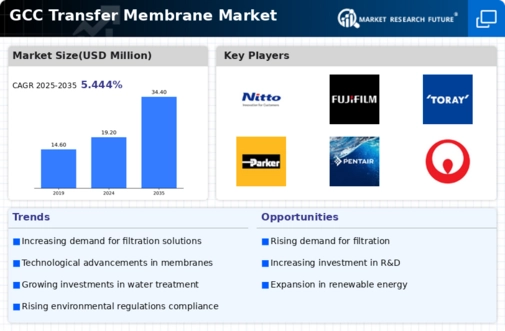
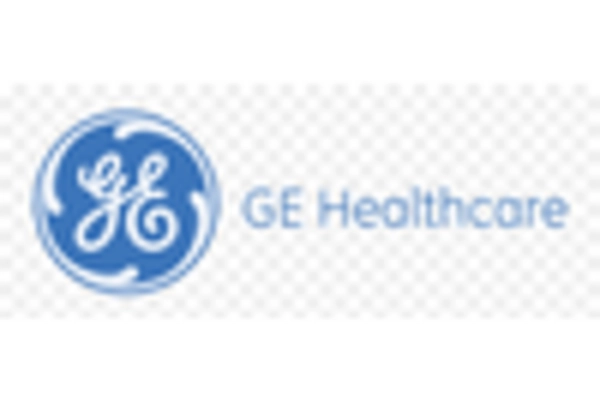
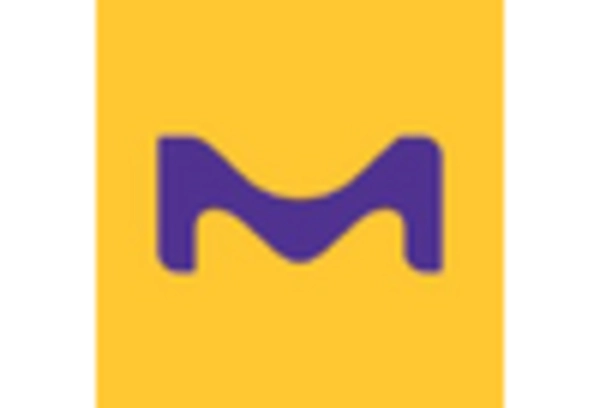
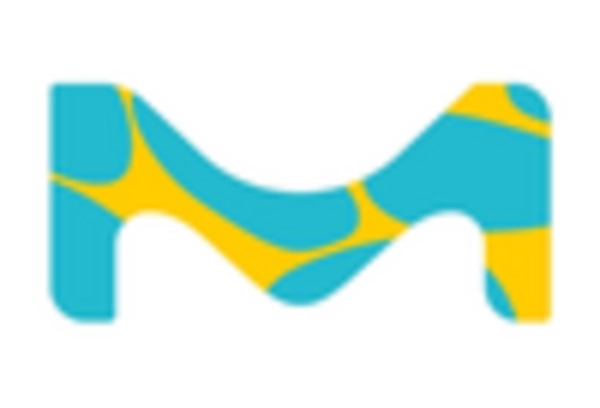
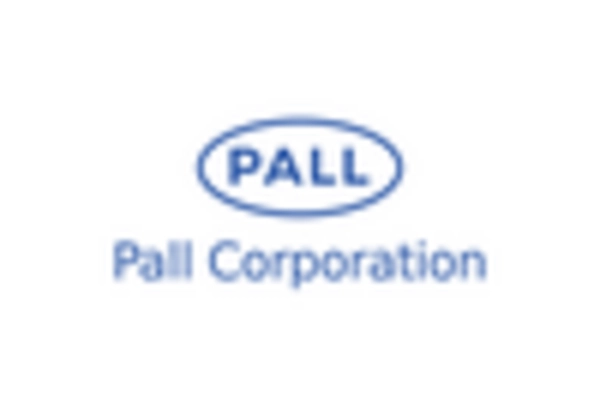
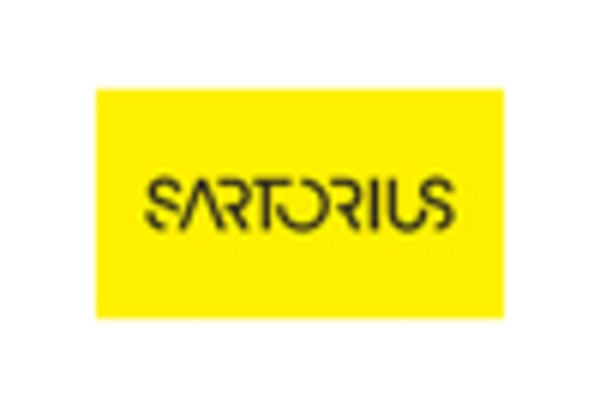
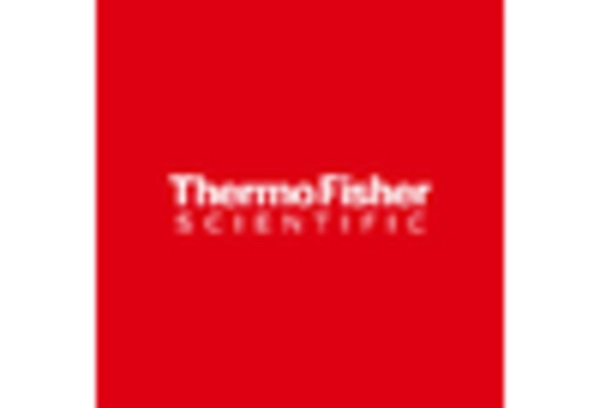








Leave a Comment